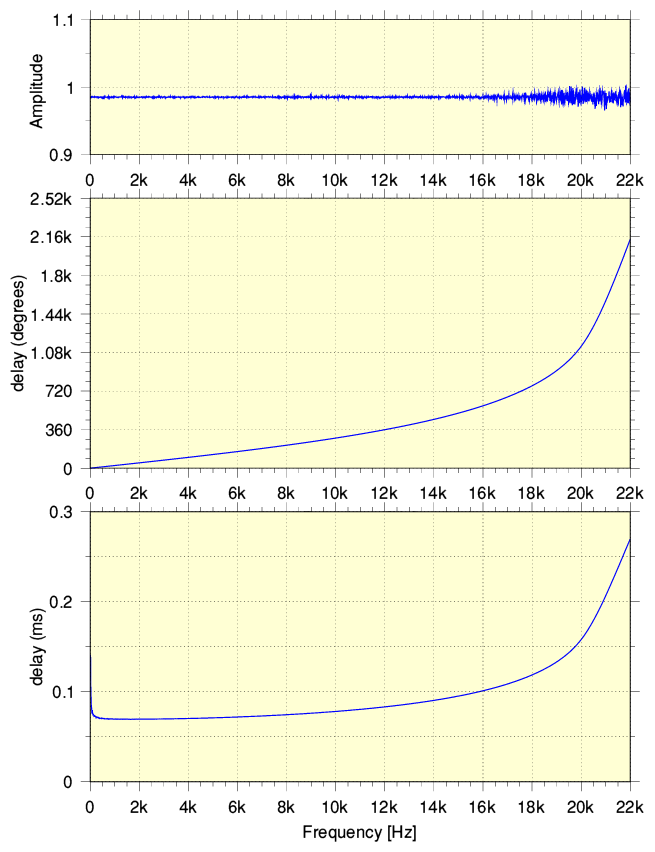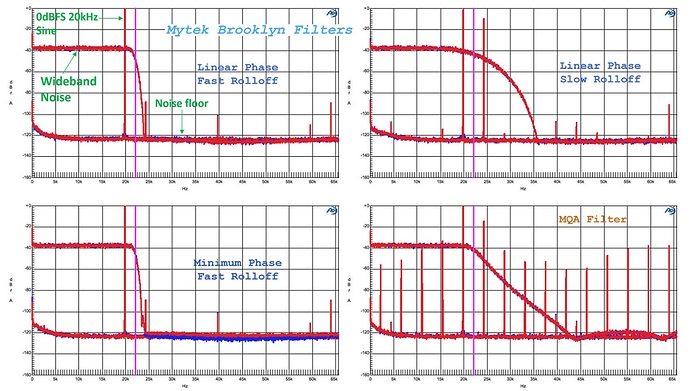While you European folks were sleeping, I used my time to run a comparison of the weird MQA species - 44.1KHz master vs. its' ostensible LPCM counterpart. This time I used headphones, because my daughter upstairs complained that her gaming friends couldn't hear her over my music. Tidal and Qobuz were the streaming services used. Ostensibly, this is a comparison of the MQA process in its' purest form - the stuff they do with the master LPCM file that is so disturbing to some audiophiles.
I used this Melody Gardot's track from her Currency of Man Album. As always, you blokes can thank me for dropping this devastating music into this boring thread:
When I started I thought MQA had a slight edge: vocals were more distinct and intelligible and the recording had more depth. But as I switched back and forth a few times, I appreciated the more upfront presentation of LPCM and it's edgier sound that seemed more aligned with the music. MQA had a slightly lower volume. Overall MQA sounded like you were in the middle of the club and LPCM was more front row. LPCM was more Rega and MQA was more Linn.
Verdict: DRAW, preference dependent on your system and personal taste. Audible in the audiophile sense, but not dramatic.
PS. There were no compression, distortion, tonal anomalies or other audible issues audible with either format. Though the lower average volume of MQA hinted that the format is attempting to fill the available dynamic range to its' capacity with no compression. This would be well known to photographers working in Photoshop or PaintShopPro (and adherents of Ansel Adams' Zone System, of course).
One wonders if the transfer function they use is a perfectly straight one or they bend it for each recording. To those beginning to scream, I would ask you to consider that all pro and most serious amateur photographers (including yours truly) bend it for every image. In this case a photographer is both an artist and a master engineer. We bend a curve to make the final print to be what we feel the original scene was.
There is zero controversy, just normal professional work flow. All pro image software tools have this capability. Photographers are taught and encouraged to use it. Modern cameras have this as a highlight choice, altering the "original" at the point of registration. Can anything be more evil?

Sounds familiar?
I will be happy to post "bent IO curves" landscape photos on the photo forum as a "spillover" MQA discussion (and I will post the RAW images actually captured by the camera sensor). I won't compete with superb photographers posting there, but I am no slouch. And all serious photographers will tell you they manipulate digital image data to get the final image (that would be LPCM going to a DAC) closer to what they see as the original scene.
As an MIT aerospace undergraduate in the late 80s I was taught unified engineering - a concept that united many engineering disciplines under an umbrella of common mathematics. In my career, I found this to be very helpful in allowing me to work across multiple disciplines, from structures to thermal to materials to control systems. Sensibly, the Institute has evolved this concept to more engineering disciplines:
https://ocw.mit.edu/courses/aeronau...ngineering-i-ii-iii-iv-fall-2005-spring-2006/
I find there are many commonalities between the current lossless/MQA debates in the audio realm and the common and widely accepted workflows in the image world.




